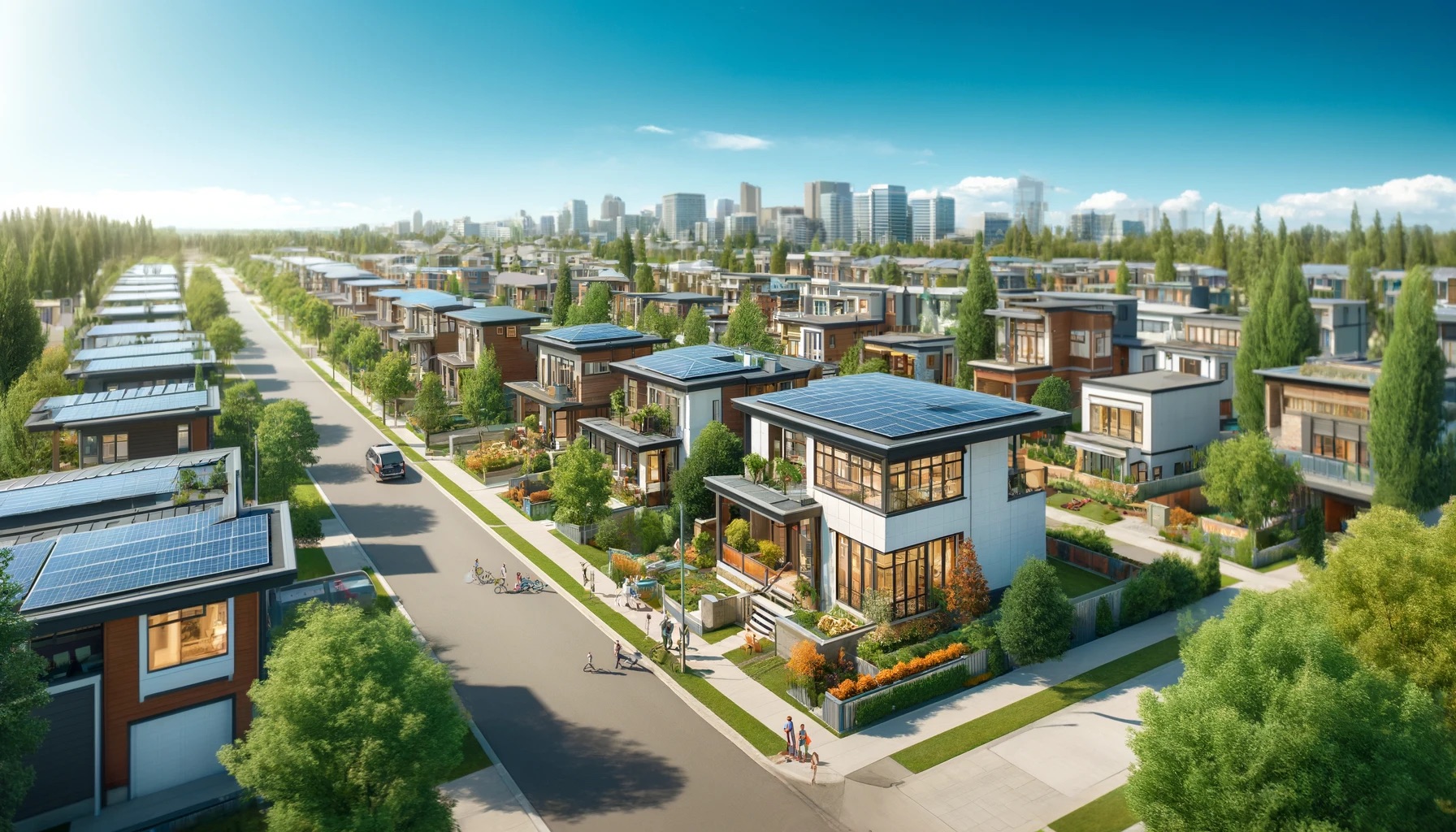Edmontons New Home Builders: Market Trends and Housing Supply in 2023
Edmontons new home builders had a challenging year navigating city’s real estate market in 2023. Understanding the key trends affecting housing supply, demand, and inventory and how these factors may impact your next real estate investment or home purchase.
Edmontons New Home Builders – Market Highlights
-
Housing Starts Decline:
In 2023, Edmonton’s housing starts declined by approximately 10% compared to the previous year. This decrease was particularly noticeable in the single-detached housing segment, which saw an 18% reduction in new projects. The combination of elevated inventories and stringent financing conditions has reduced the number of construction starts.
-
Rental Market Pressures:
Despite a rise in migration to the region creating high rental demand, fewer purpose-built rental apartment projects began in 2023. This demand-supply imbalance tightened the rental market, leaving many renters vying for limited units. New zoning bylaws effective in January 2024 could change this trend.
-
Edmontons New Home Builders – Increasing Housing Inventory:
Completed but unsold single-detached and row homes have contributed to a growing inventory in Edmonton. Although the overall stock of completed and unsold units increased by 20% to 2,058 units, inventory levels for apartment units reached a 16-year low due to heightened demand.
1. Impact of Rising Inventory and Borrowing Costs on New Housing Supply
High inventories, primarily composed of single-detached and row homes, have slowed down new construction projects in 2023. Developers have been cautious about starting new projects, preferring to reduce existing inventories before engaging in fresh construction. The high cost of borrowing and challenges in securing funding have exacerbated this situation.
2. Migration and the Tight Rental Market
Edmonton’s relatively affordable housing market has attracted migrants seeking economic opportunities, which has driven up rental demand. Purpose-built rental apartment starts decreased by 14%, further tightening the rental market. Despite increased completions in 2023, strong rental demand has pushed vacancy rates lower and driven average rents higher.
3. Changing Housing Preferences and Construction Trends
Rising borrowing costs have made single-detached homes increasingly unaffordable, causing many potential homeowners to consider condominium apartments. In 2023, condominium apartment starts grew by 11%, highlighting their accessibility. A significant number of these condos are now offered as long-term rentals, catering to a market eager for affordable options.
4. New Zoning Bylaws: The 2024 Outlook
Edmonton’s new zoning bylaws, effective from January 1, 2024, aim to diversify the housing landscape. Allowing three-story townhouses, row houses, duplexes, and small apartments across residential areas, these changes could significantly impact future housing starts.
5. Construction Challenges and Project Timelines For Edmontons New Home Builders
Despite an 18% growth in completions, ongoing construction challenges remain a concern. Labour shortages, rising construction costs, and funding issues have delayed project timelines. In 2023, builders took an average of 9.2 months to complete projects, highlighting difficulties in meeting demand. Apartment projects were particularly affected, with construction times extending to 10.2 months on average.
Moving Forward in Edmonton’s Real Estate Market
While the Edmontons new home builders had challenges due to rising inventories and financing conditions, evolving trends like migration, changing housing preferences, and new zoning regulations could reshape the landscape in the coming years. Understanding these shifts and how they affect the market can empower buyers, sellers, and investors to make informed decisions.
More blogs on Edmontons New Home Builder Trends

 Facebook
Facebook
 X
X
 Pinterest
Pinterest
 Copy Link
Copy Link

